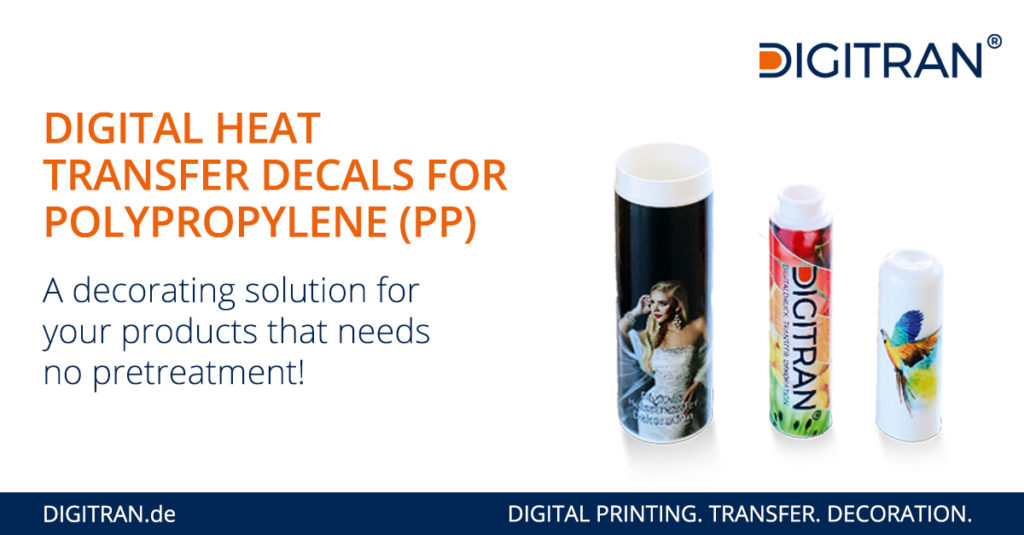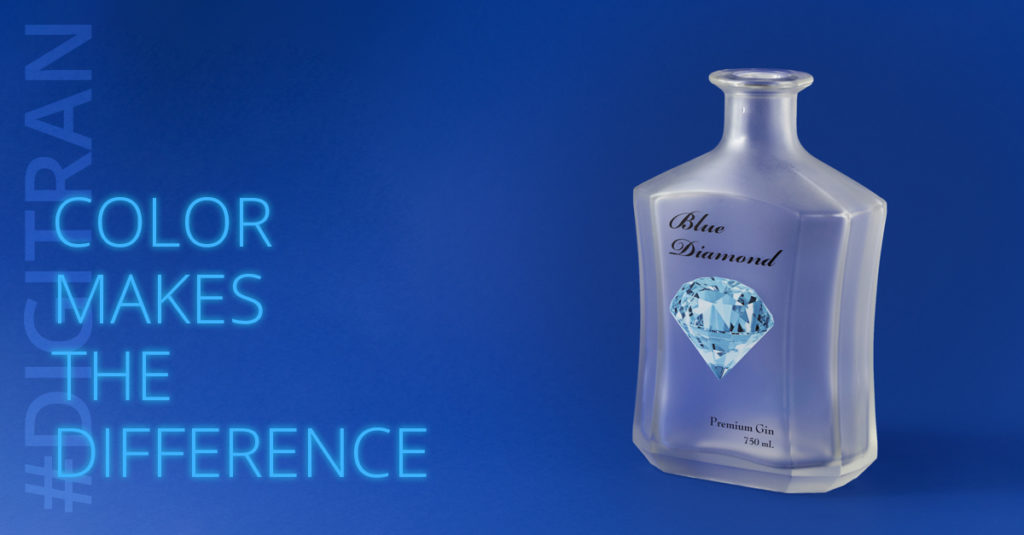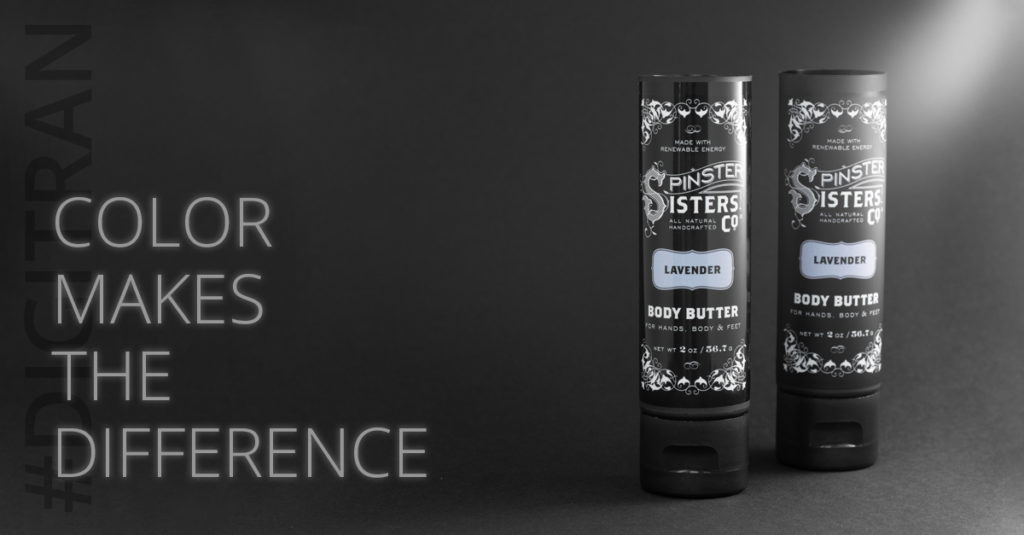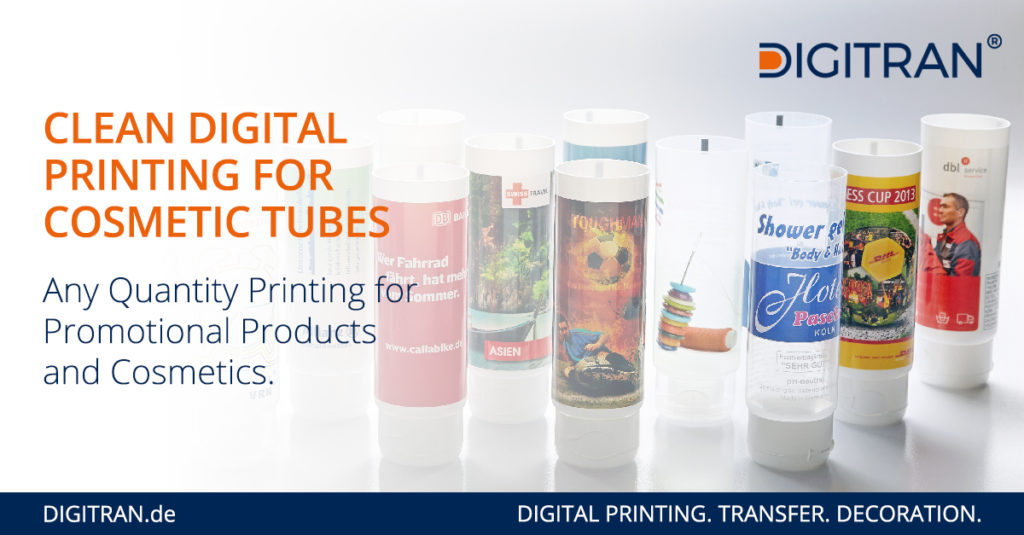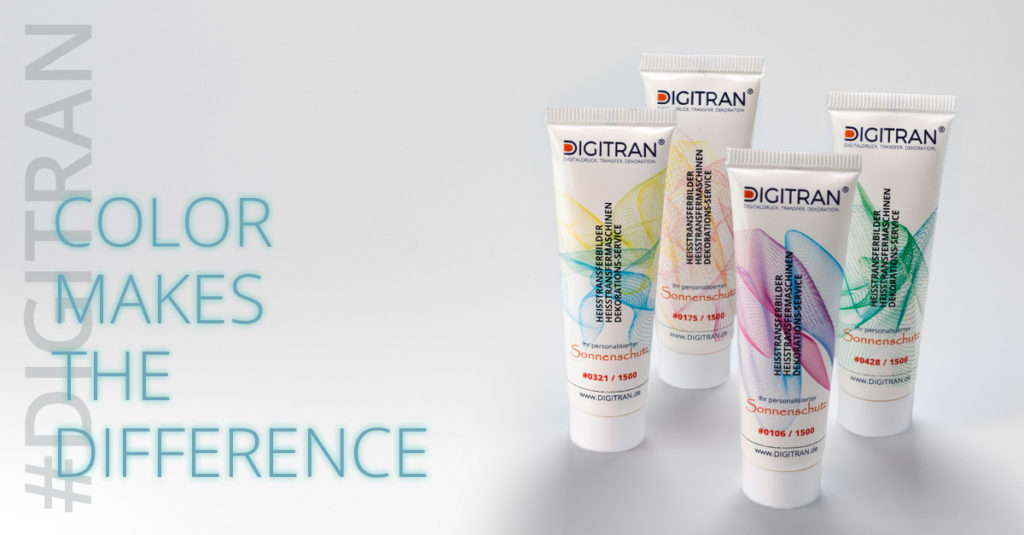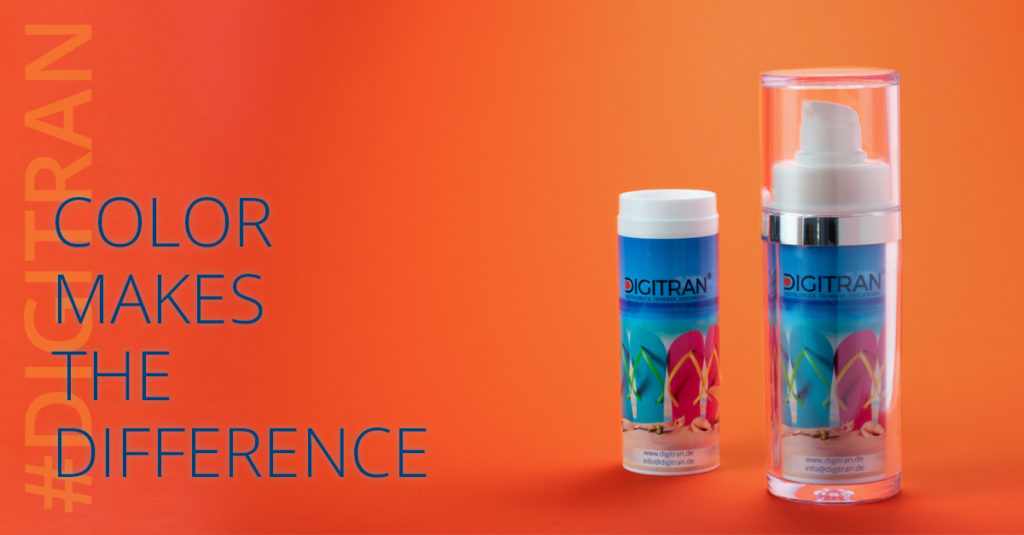Are you having problems when printing on polypropylene (PP)? Not with DIGITRAN heat transfer images. Our digitally printed transfers can be applied even on untreated PP!
Polypropylene (PP) is a material used in many applications from cosmetics to promotional products due to its properties such as hardness, resistance and costs. However, what are important and desired properties for some are an issue for others. That's because PP is not so easy to print on. Here you can find out why this is so and what is needed to print products made of PP, without any pre-treatment.
Polypropylene (PP) is a plastic that belongs to the group of polyolefins. In addition to polypropylene, polyethylene (PE) and PTFE (also known as Teflon) are representatives of this group. These plastics are known from plastic bottles, cream tubes, mascaras or as the coating on a frying pan. Despite these different applications, these plastics and their variations have one thing in common, a very low surface tension. And this is where the difficulty begins.
Put simply, surface tension indicates how well a surface can be wetted by something. Water, with a value of approx. 72 mN/m or dyn/cm, has a very high surface tension. Polypropylene (PP), on the other hand, has a dyn value of approx. 30 and thus a very low surface tension. The front-runner, however, is PTFE with approx. 18 dyn/cm, which is also the reason why nothing really sticks in a frying pan. The crux is that the to be printed material should have a surface tension that is about 10 dyn/cm higher than the surface tension of the ink, varnish or adhesive applied.
This results in the challenge you face when printing polypropylene (PP). More specific, it lies in the fact that the surface tension makes proper wetting difficult or impossible. Nevertheless, we see printed products made of PP, so the problem has been solved, right?
Pretreating Polypropylene (PP)
One way to solving the surface tension problem is to pretreat the plastic. This means that the surface of the PP is changed prior to printing to achieve a better wetting behavior. A number of methods are available to achieve this. These processes include technologies that oxidize the product's surface and form polar groups there. The three common technologies are a flame, corona or plasma pretreatment.
In these processes, the product is either moved pass an open flame, "irradiated" with a generated plasma or by a high-energy corona discharge.
As an alternative to these process solutions, there are other options in the form of primers. These systems are liquids with very low surface tension or aggressive chemicals. In particular, the solvents isopropanol, also known as IPA, ethanol and n-heptane are used because of their low surface tension and short flash-off times to apply a thin coating film with higher surface tension. In this way, the surface of the PP is replaced by a very thin varnish of another material, which allows better adhesion.
Both ways lead to better adhesion, but this optimization is not free.
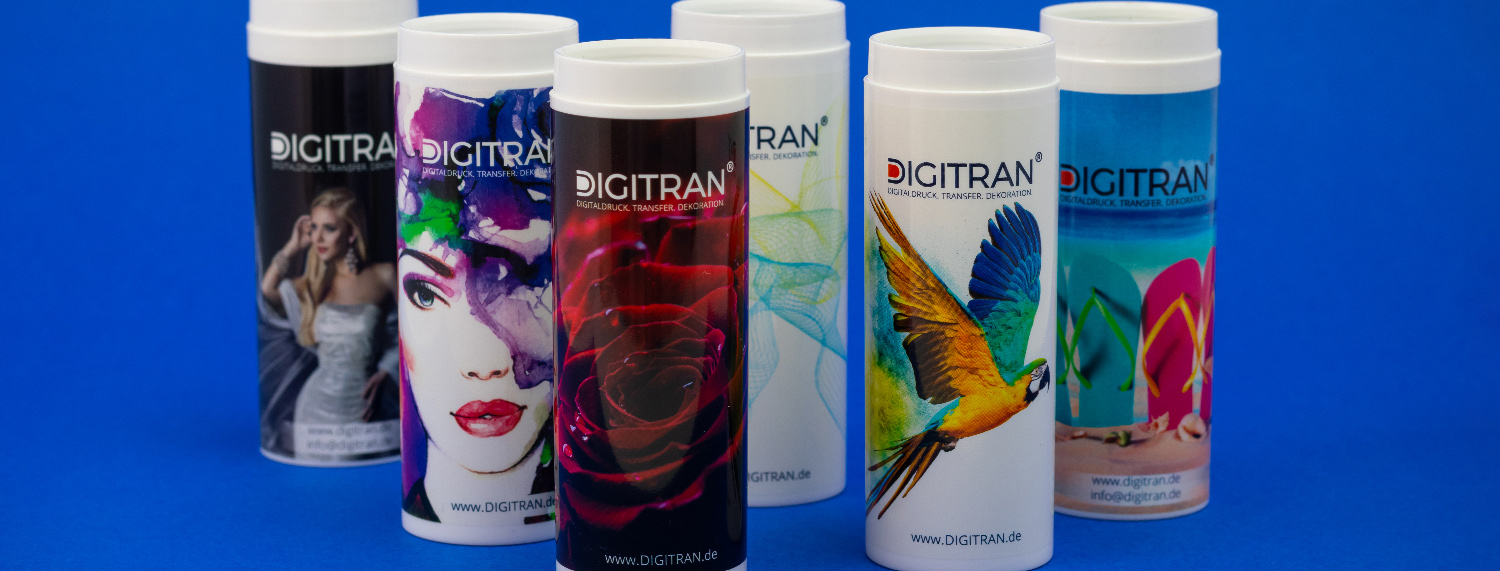
Additional costs that can be saved
All types of pretreatment have one thing in common, they are an extra step in the process and cause additional costs. In the case of a pretreatment with flame, corona or plasma, the equipment alone can quickly cost several tens of thousands of euros. In addition, electricity, gas and compressed air are constantly consumed. Furthermore, in case an external or offline solution is used, the time required for handling must be taken into account as well.
When using primers on PP, the situation is not much better. Although no expensive equipment is required for priming, the primers themselves are an expensive product. Likewise, the common application method of soaking a rag and rubbing the surface with it is labor intensive. In addition, the chemicals used are not safe, which is why the worker should wear appropriate protective equipment. Last, the primer must flash off or dry, producing solvent vapors.
Regardless of which way one goes, it is not a good solution but a compelling evil. However, this evil does not have to be.
Printing polypropylene, without pretreatment
The good news is, there are solutions for printing on polypropylene (PP) that work without any pretreatment at all. Furthermore, these can be without VOCs, UV-curing or expensive equipment. This solution is the heat transfer process. More specifically, digitally printed heat transfers from DIGITRAN.
One of the DIGITRAN products are digital heat transfers for untreated PP. These are characterized by the fact that they can be applied to polypropylene without any pretreatment. All that is needed are the transfers and a heat transfer machine.
During the decoration process, a hot transfer roller presses the transfer onto the product. The heat activates the image and makes it bond with the product. After that, the carrier material will be peeled off and the printing process is complete. Neither flash-off, drying nor curing is necessary. In addition, the prints are odorless and can be used without any protective equipment or other special requirements.
This means that cosmetics, promotional and industrial products can be printed quick and easy - even if they are made of PP. At the same time, the digital printing technology offers a resolution of 1200 dpi as well as the production for small and large print runs.
Click this button to get in touch with us for a personal consultation. To make sure that your products can benefit from this unique, clean and digital printing technology as soon as possible.
Further Posts
“A diamond’s value is defined by both, the outside and the inside.” – Us.
We are bad in making up fancy headlines and do not know the right botanicals for this bottle’s gin, but when it comes to printing, we can help you get a proper appearance!
Matt or glossy? With #DIGITRAN digital heat transfer technology you can have both!
With the correct digital heat transfer decals and heat transfer equipment, you can make this decision even after the transfers have been printed. And that without the use of any varnishes!
Print or get printed – short run solutions for your cosmetic tubes. With DIGITRAN technology you can make that choice. Always digital and with an outstanding quality.
When it comes to short run printing of cosmetic tubes you are often confronted with many problems. Either it is expensive, or you must cutback when it comes to quality. In the worst case your request will be simply declined.
For this reason we have addressed these issues and developed a set of solutions.
Changing designs paired with an ongoing number on a cosmetic tube. Absolutely no problem. You think it, we print it.
These 20ml cosmetic tubes have even more than those two features. Take a close look at the grey line right below the red, ongoing number. Believe it or not, this is a 1-point small text printed in bold or regular style. Besides that
This airless dispenser says it all: Summer is not over, yet!
Printed with digital heat transfers on a DIGITRAN heat transfer machine.
For packing creams there are several solutions including jars or tubes, and there are airless dispensers.
If you want to keep your product safe from drying out or going bad due to air getting inside your packaging, these last one might be the best choice for you.
Especially with your product being a high-quality cream or serum,…

